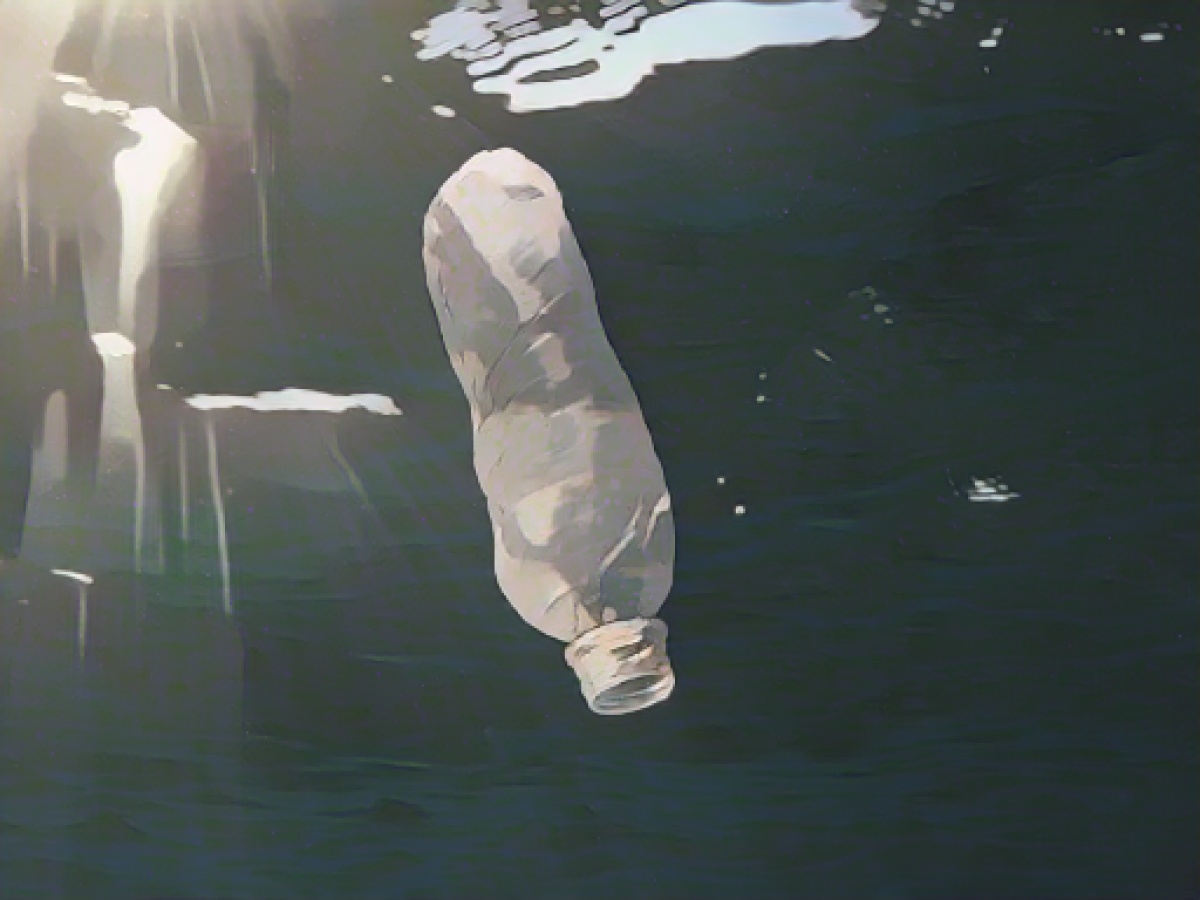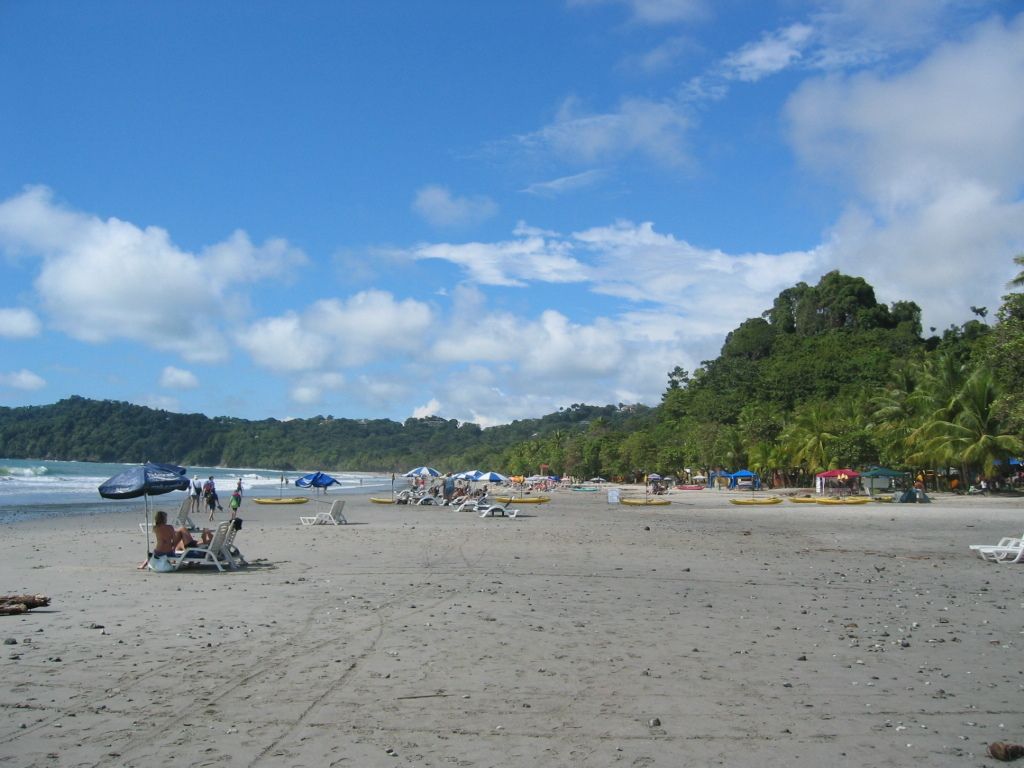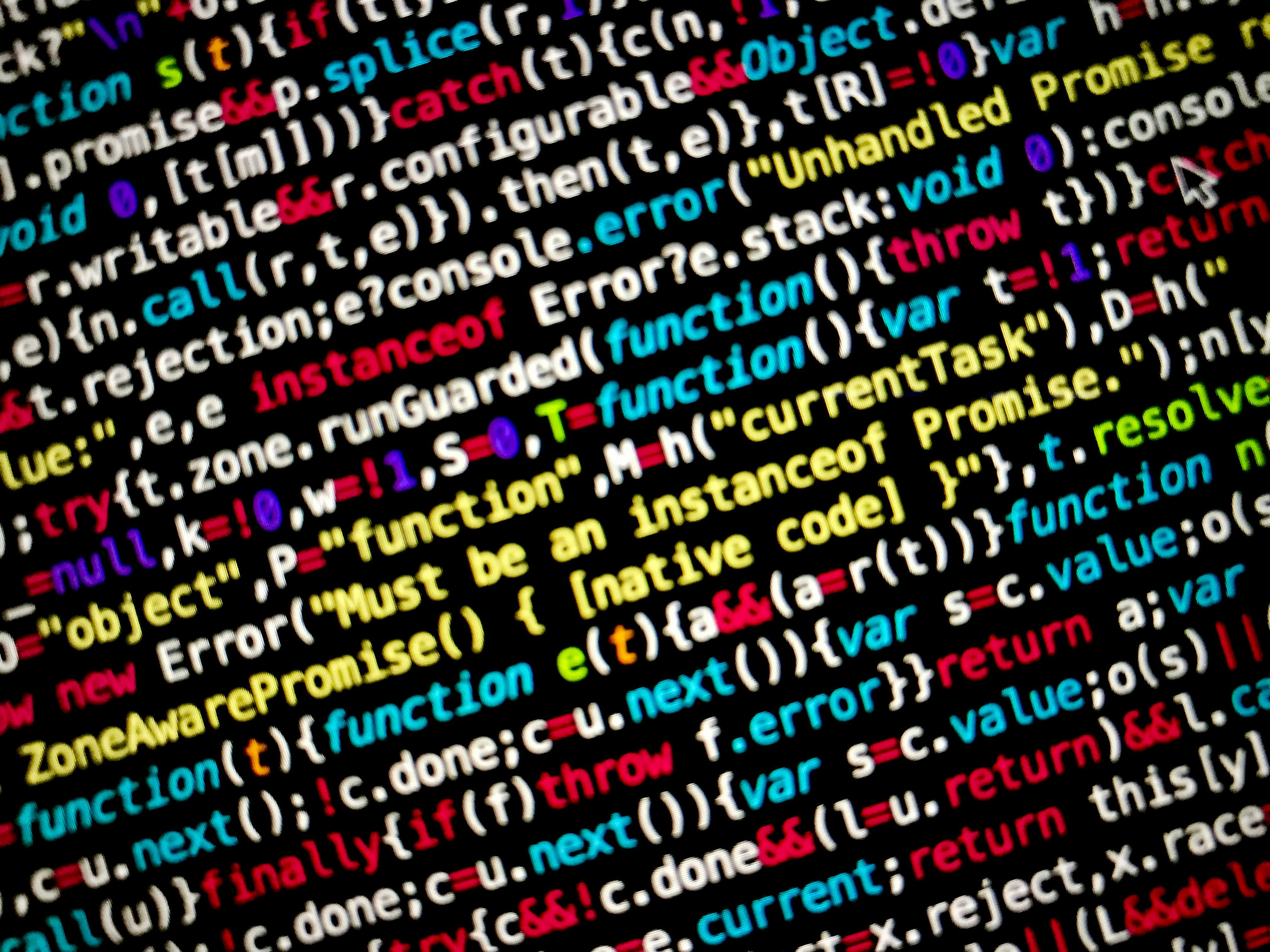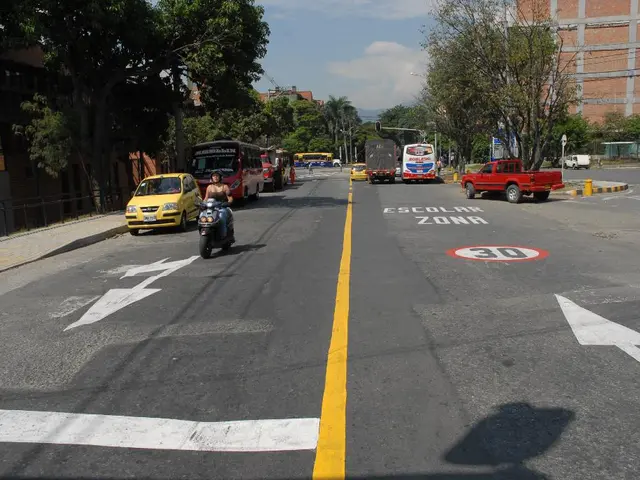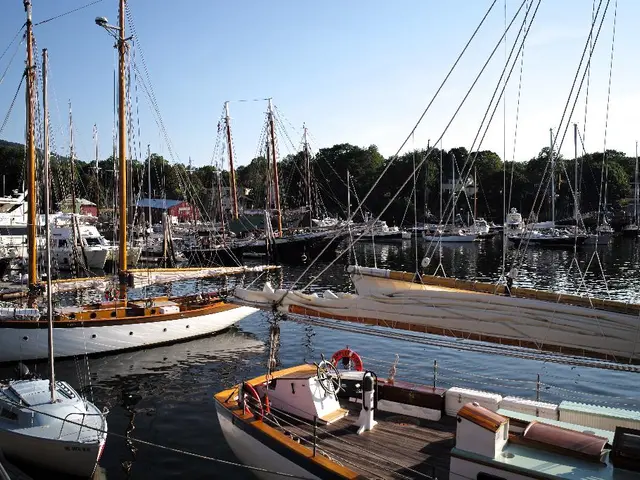Taking a swing against ocean plastic pollution, environmental activists advocate for a shift in focus towards prevention over cleanup campaigns.
According to OceanCare and the Environmental Investigation Agency, clean-up technologies can be costly, detrimental to the environment, and distract from the real solution. The third round of United Nations negotiations for a binding international agreement on plastic pollution starts on November 13 in Kenya.
Over the past decade, various devices and technologies have emerged to recover plastic from oceans and rivers. A study in 2020 identified 38 such technologies, some in use, others still in development. But, as appealing as the idea sounds, its execution carries risks. Plastic and marine life often congregate in the same places, causing harm to ecosystems and marine life itself. Moreover, the use of clean-up ships on a large scale negatively impacts the climate by emitting greenhouse gases.
Ewoud Lauwerier, an expert from OceanCare, questions the effectiveness of these clean-up projects. In reality, Lauwerier says, they are inefficient, expensive, and a mere illusion. Worse, they pose threats to marine wildlife.
The focus of UN negotiations should be on avoiding plastic pollution in principle and supporting local solutions. Clean-up measures should only be considered in severely polluted ecosystems, with Regular monitoring to prevent new environmental destruction. Negotiations should prioritize reducing plastic production and consumption, as well as promoting sustainable plastic product design.
Research estimates that between 4.8 and 12.7 million tons of plastic waste end up in the oceans annually, equating to one truckload per minute. The UN aims to draw up a convention by 2024, defining binding rules to cover the entire plastic life cycle. The goal is to reduce environmental pollution caused by plastic waste by 2040.
Environmental organizations advocate for alternatives to clean-up campaigns. Instead of relying on these methods to address plastic pollution, they propose a legally binding treaty, source reduction measures, community engagement and education, circular economy, and collaboration and innovation. These alternatives focus on addressing the root causes of plastic pollution, promoting sustainable practices and reducing plastic waste.
- Clean-up technologies are often inefficient, expensive, and pose risks to marine ecosystems.
- The UN negotiations on plastic pollution should prioritize measures to reduce plastic production and consumption and promote sustainable plastic product design.
Source:
Insights:
- Clean-up technologies are not making a significant dent in the plastic pollution problem, with The Ocean Cleanup catching only a small fraction of the estimated 14 million tons of plastic entering the ocean every year.
- These technologies can harm ocean life and biodiversity, catching tens of thousands of marine creatures.
- Clean-up operations are carbon-intensive, requiring diesel-powered ships.
- Addressing plastic pollution requires addressing its root causes, such as single-use plastics and excessive plastic production.
Alternatives suggested by environmental organizations for the UN negotiations on plastic pollution include:
- A globally binding treaty that caps plastic production, bans single-use plastics, and provides financial support to less developed regions.
- Implementing measures to reduce plastic production and consumption, such as banning single-use plastics and promoting biodegradable alternatives.
- Educating communities about the impact of plastic pollution and engaging them in solutions, such as training villagers to stop throwing plastic into rivers.
- Promoting a circular economy model that encourages reuse and recycling, reducing plastic waste in landfills and oceans.
- Encouraging collaboration among competitors and innovators to develop sustainable packaging solutions and reduce plastic use in the supply chain.
These alternatives focus on addressing the root causes of plastic pollution rather than just mitigating its effects through clean-up technologies.
